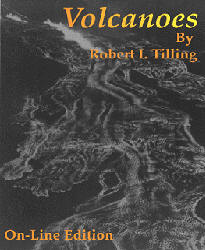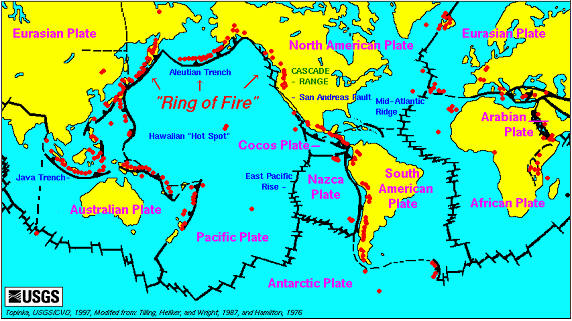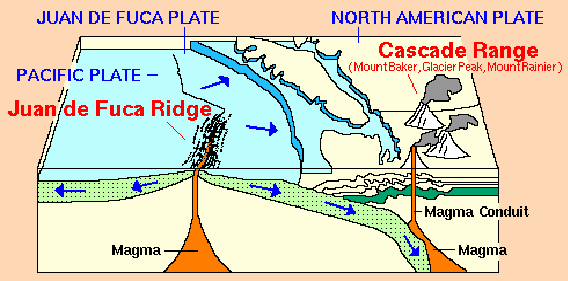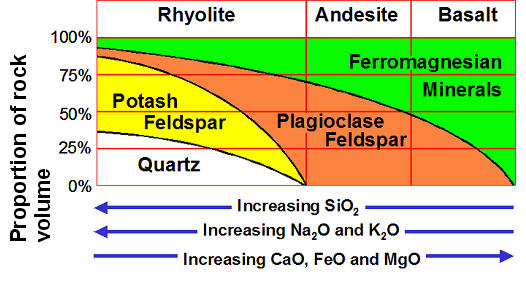
Volcanism and Extrusive Rocks
-
Contacts
-
Research
Welcome to Poorna Pal's 'Earth Revealed' telecourse (Geol ó 101: Physical Geology; section #7695) at the Glendale Community College

- Volcanic Rocks
 |
Volcanism and Extrusive Rocks |
|
|||
|
Welcome to Poorna Pal's 'Earth Revealed' telecourse (Geol ó 101: Physical Geology; section #7695) at the Glendale Community College |
 |
||||
|
|||||
|
Home | Quizzes | Module 1 | Module 2 | Module 3 | Module 4 | Module 5 05/05/15 |
|
Help available 'on line' |
|
Help available at this site |
||||||||
|
|
|
|||||||||
|
||||||||||
|
How Igneous Rocks Form? |
||||||||||
 |
||||||||||
|
|
p |
|||||||||
|
Click on the above image to access this online edition of Robert Tilling's USGS publication "Volcanoes" |
||||||||||
|
p |
||||||||||
|
Visit the URL: http://www.fi.edu/fellows/fellow1/oct98/create/igneous.htm for the animation of igneous rocks shown above and for more information on the igneous rocks |
|||||||||
|
||||||||||
|
||||||||||
|
||||||||||

Explore Volcano World at the URL: http://volcano.und.nodak.edu/vw.html. Also available on-line,at http://adsbit.harvard.edu/books/bvtp/toc.html is the treatise: Basaltic Volcanism on the Terrestrial Planets. For extra-terrestrial volcanism, try the URL: http://pubs.usgs.gov/gip/volc/extraterrestrial.html |
|
|||||||||
 |
The sketch alongside, taken from the URL:
http://vulcan.wr.usgs.gov/Glossary/Plate Tectonics/Maps/map_juan_de_fuca_subduction.html explains the entire cycle of volcanism from Juan de Fuca Ridge to Juan de Fuca subduction (i.e., the Filled Trench) and the Cascades. |
|||||||||
|
|
 |
|||||||||
|
|
|||||||||
|
Visit the USGS volcanoe sites, starting with http://volcanoes.usgs.gov/ and its links Also try the site: http://interactive2.usgs.gov/learningweb/explorer/topic_rocks_igneous.htm |
||||||||||
|
||||||||||
|
Volcanism and Climate Try http://www.etl.noaa.gov/about/review/aq/post for a comparison of the climate effects of Mt. Pinatubo and El Chichon events. |
|||||||||
|
|
American Geophysical Union has an interesting discussion of terrestrial degassing at the URL: http://www.agu.org/sci_soc/eosvarekamp.html. Also try the URL: http://unr.edu/homepage/fbiondi/BiondiFessenden1999E.pdf |
|||||||||
|
||||||||||